|
|
|
HOME
|
US Navy -
ships
|
US Navy - air
units
|
USMC - air
units
|
International
Navies
|
Weapon Systems
|
Special Reports |
|
Surface Vessel Weapon System BAE Sting Ray Torpedo |
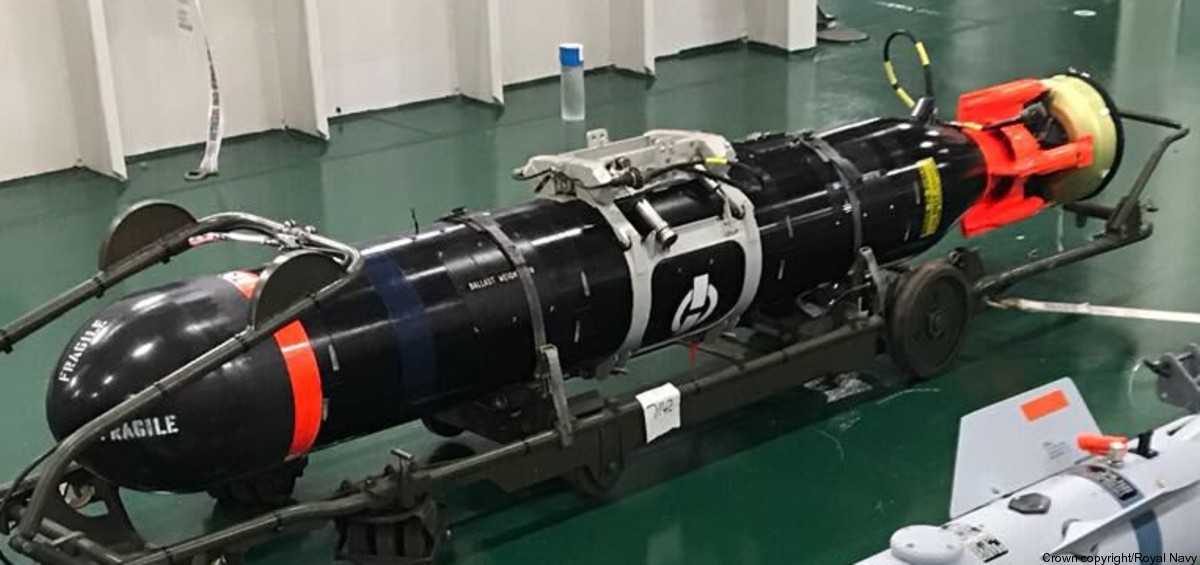 |
| 10/20 |
|
The Sting Ray torpedo is a current British acoustic homing
light-weight torpedo (LWT) manufactured by GEC-Marconi, who were
later bought out by BAE Systems. It entered service in 1983. In the 1950s the Royal Navy was equipped with British designed and built Mk 30 air-dropped torpedoes. These were passive homing weapons which relied on detecting the noise from submarine targets. However, as submarine noise levels decreased these weapons became ineffective. A design for a British Mk 31 torpedo which would have used active echo-location sonar failed to receive Government approval for production. US Mk 44 torpedoes were purchased for the Royal Navy in the 1960s to fill this role, and later replaced by US Mk 46 torpedoes. A desire to not be dependent on US torpedo purchases led to a research programme starting in 1964 to develop a British torpedo. Initially designated Naval and Air Staff Requirement (NASR) 7511, it was (much later in the late 1970s) designated the Sting Ray torpedo. Design studies in the mid-1960s proposed that a tank of polyethylene oxide be carried behind the warhead. This polymer would be exuded at the nose to reduce the drag coefficient. Experiments using buoyancy-propelled torpedoes in 1969 had shown reductions in the drag coefficient up to 25%. However, by 1969 this scheme had been rejected in favour of carrying a larger battery. The homing system developed in the mid-1960s incorporated a spinning magnetic disc onto which the acoustic correlation algorithms were etched but this was replaced by integrated circuit technology when the disc sometimes failed to survive the impact of the weapon with the sea from high altitude launches. The original warhead concept was for a simple omnidirectional blast charge. However, studies in the 1970s showed that this would be inadequate against the large double-hulled submarines then entering service. A directed energy (shaped charge) warhead was used in the production weapon. In 1976 the designs had to be completely revised. Swapping the project for buying a ready-made US torpedo was not considered because the torpedo was expected to be better, and was all-British. The project manager was Eric Risness CBE. The torpedo was built at the MSDS (later MUSL) plants at Neston (in Cheshire) and MUSL in Farlington and Waterlooville near Portsmouth. Guidance systems were made by Sperry Gyroscope Company. Deployment: The original in-service version (Sting Ray Mod 0) entered service in 1983. It is propelled by a pump jet driven by an electric motor. Power is supplied by a magnesium/silver-chloride sea water battery. The propulsion method combines high speed, deep diving, agility and low noise levels. The weapon is provided with target and environmental information by the launching platform. Once launched it operates autonomously, with tactical software searching for the target using active sonar and then homing in without any further assistance. The software is designed to deal with the employment of countermeasures by the target. The weapon is designed to be launched from fixed wing or rotary winged aircraft and surface ships against submarine targets. The development of the torpedo cost £920 million. Sting Ray Mod.1 is intended for use against the same targets as Sting Ray Mod 0 but with an enhanced capability against small clad conventional submarines via a shaped-charge insensitive explosive warhead from TDW, and an improved shallow-water performance. It shares many hull components with the original weapon. General characteristics: Primary Function: air and ship-launched lightweight torpedo Manufacturer: BAE Underwater Systems Propulsion: Magnesium/Silver chloride seawater battery / electric pump-jet Length: 2,6 meters (8.5 feet) Weight: 267 kg (589 lb) Diameter: 12.75 in (324 mm) Range: 8-11 km Depth: 800 meters Speed: 45 knots (83 km/h) Guidance System: active / passive sonar Warhead: 45 kg (99 lb) high-explosive (HE) in a shaped charge In service: 1983- Manufacturer history: GEC-Marconi (Marconi Space and Defence Systems - MSDS) Marconi Underwater Systems Ltd (MUSL) BAE Systems Underwater Systems (part of BAE Systems Integrated System Technologies) Current operators: Royal Navy: Type 23/Duke class Frigate Royal Norwegian Navy: Fridtjof Nansen class Frigate Romanian Navy: Type 22/Broadsword class Frigate Royal Thai Navy Royal Moroccan Navy source: wikipedia |
| images |
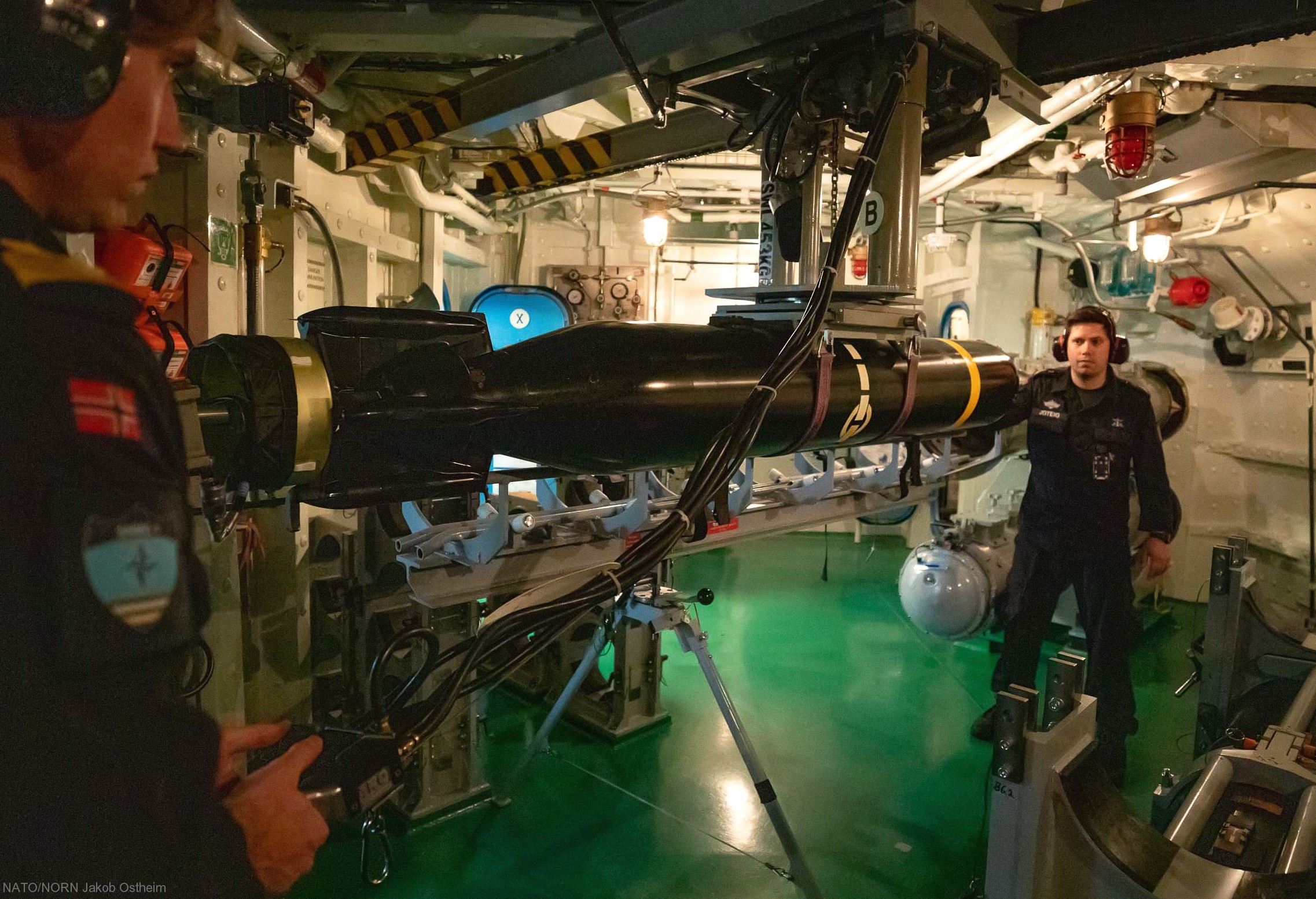 Sting Ray torpedo was loaded into a torpedo tube aboard a Royal Norwegian Navy Fridtjof Nansen class Frigate 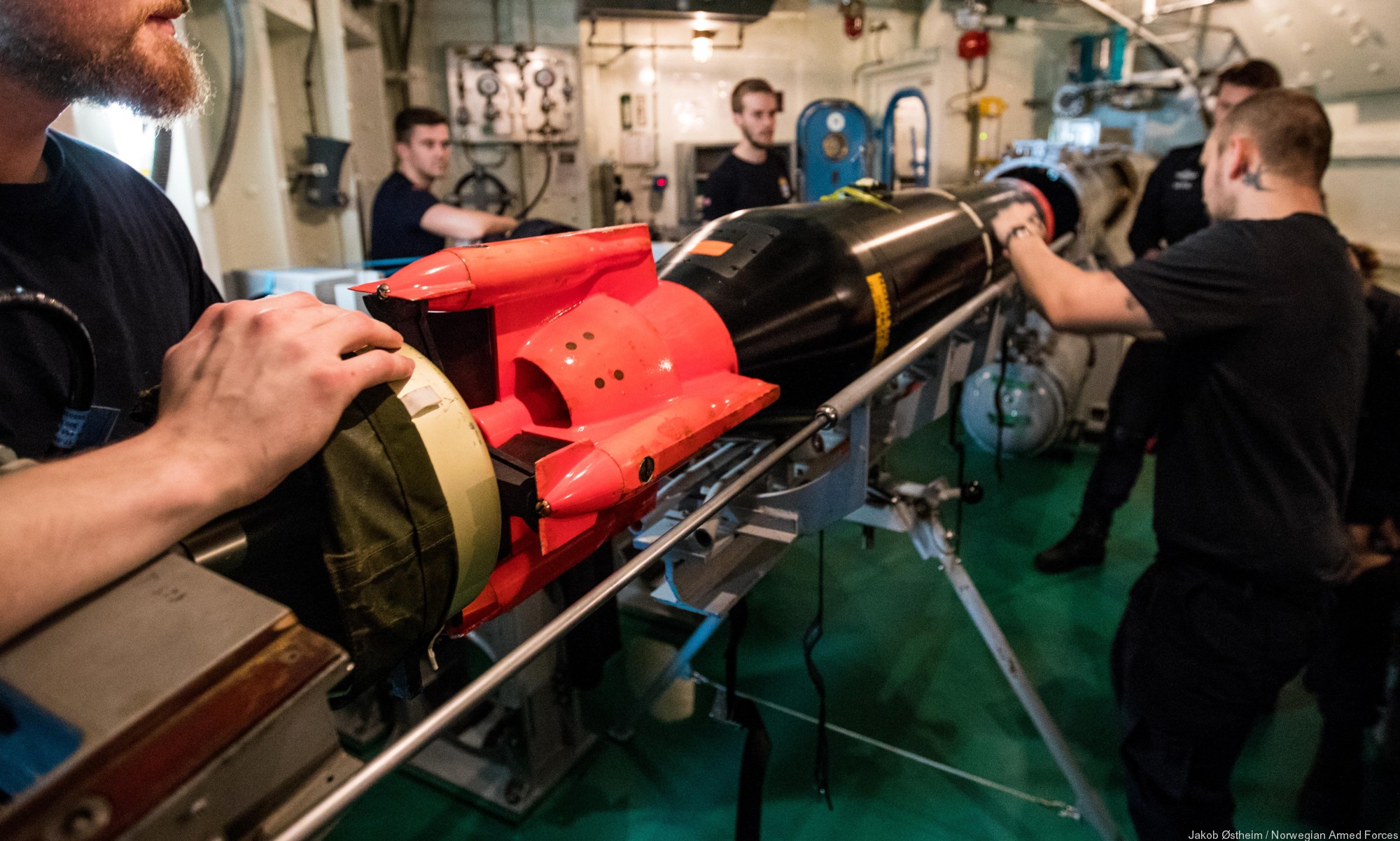 Sting Ray torpedo was loaded into a torpedo tube aboard a Royal Norwegian Navy Fridtjof Nansen class Frigate 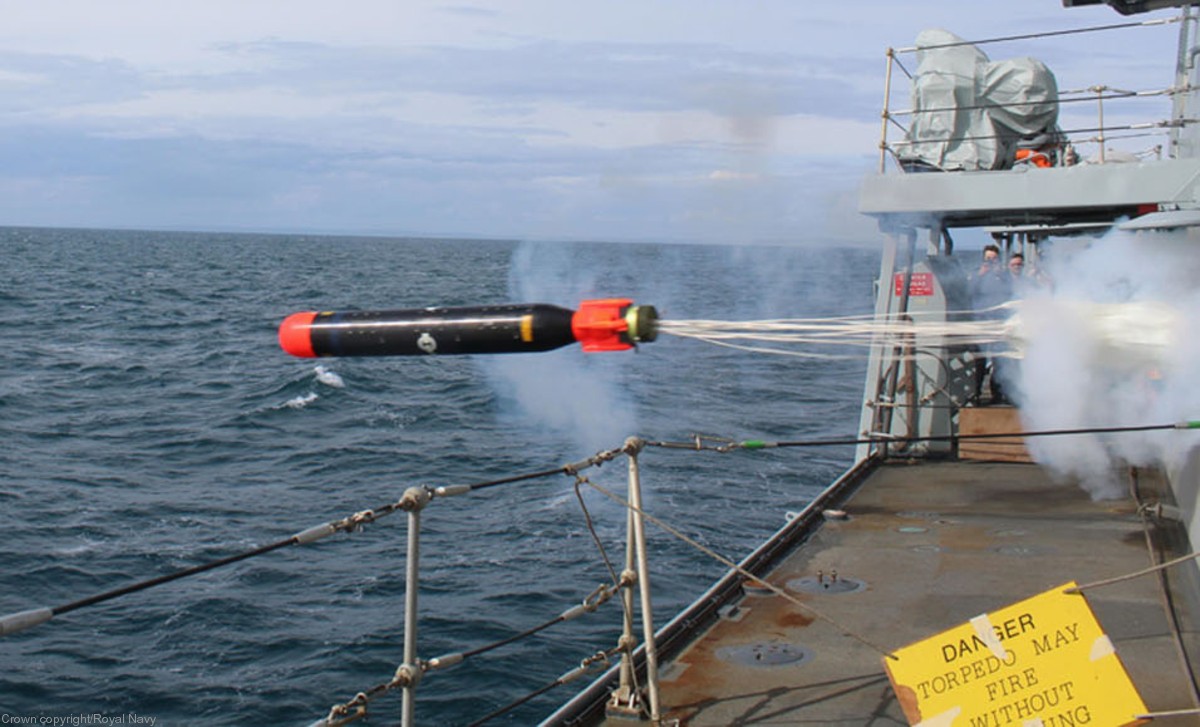 Sting Ray torpedo was fired from a Royal Navy Type 23 / Duke class Frigate 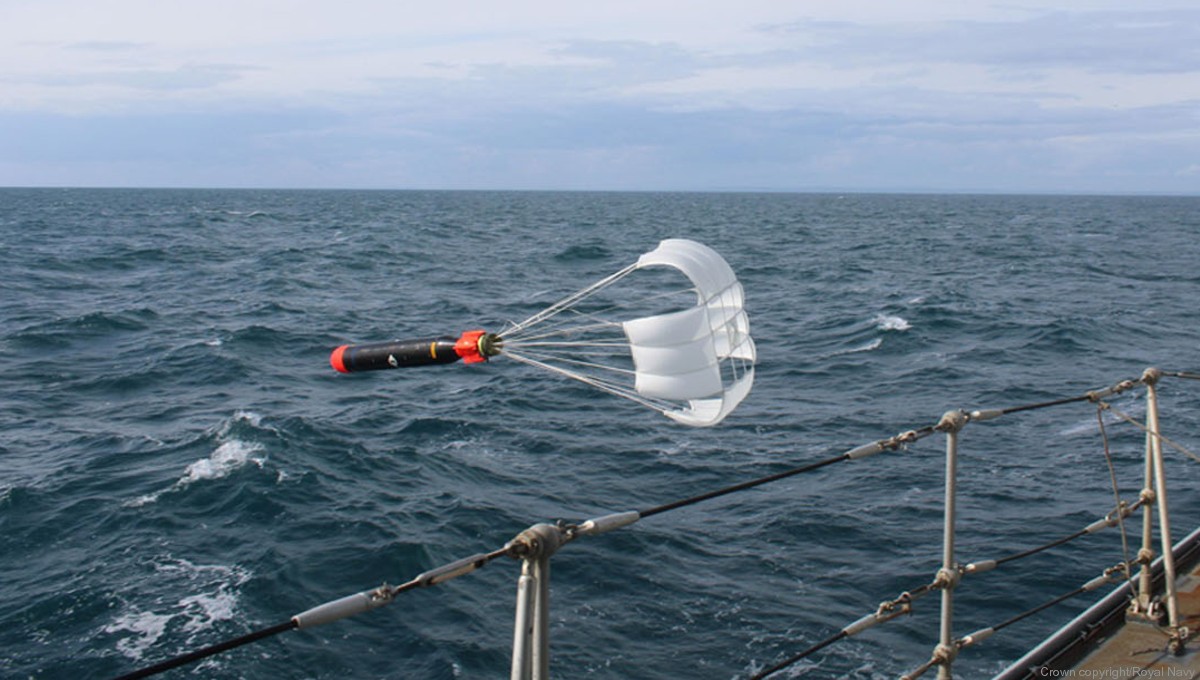 Sting Ray torpedo was fired from a Royal Navy Type 23 / Duke class Frigate 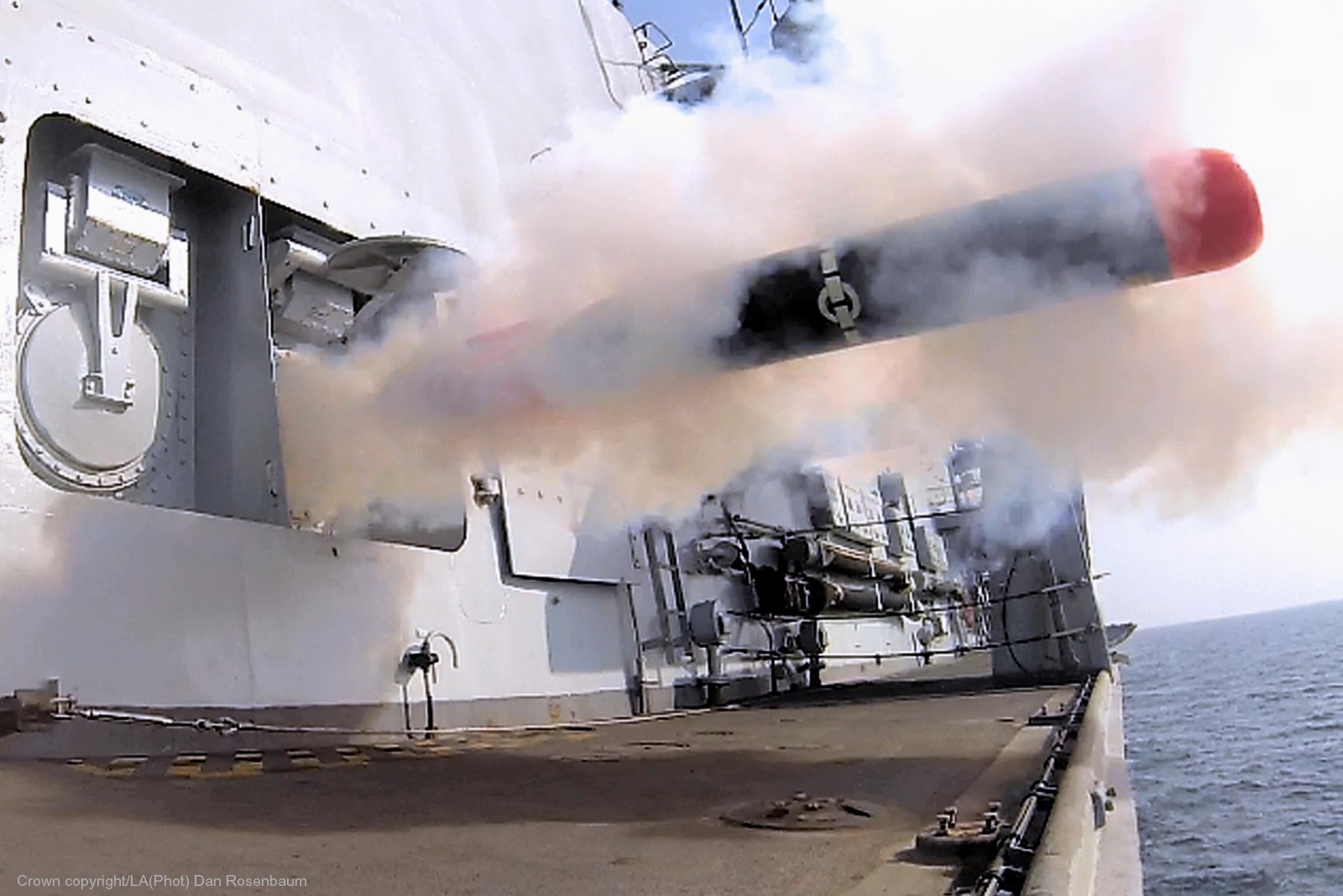 Sting Ray torpedo was fired from a Royal Navy Type 23 / Duke class Frigate 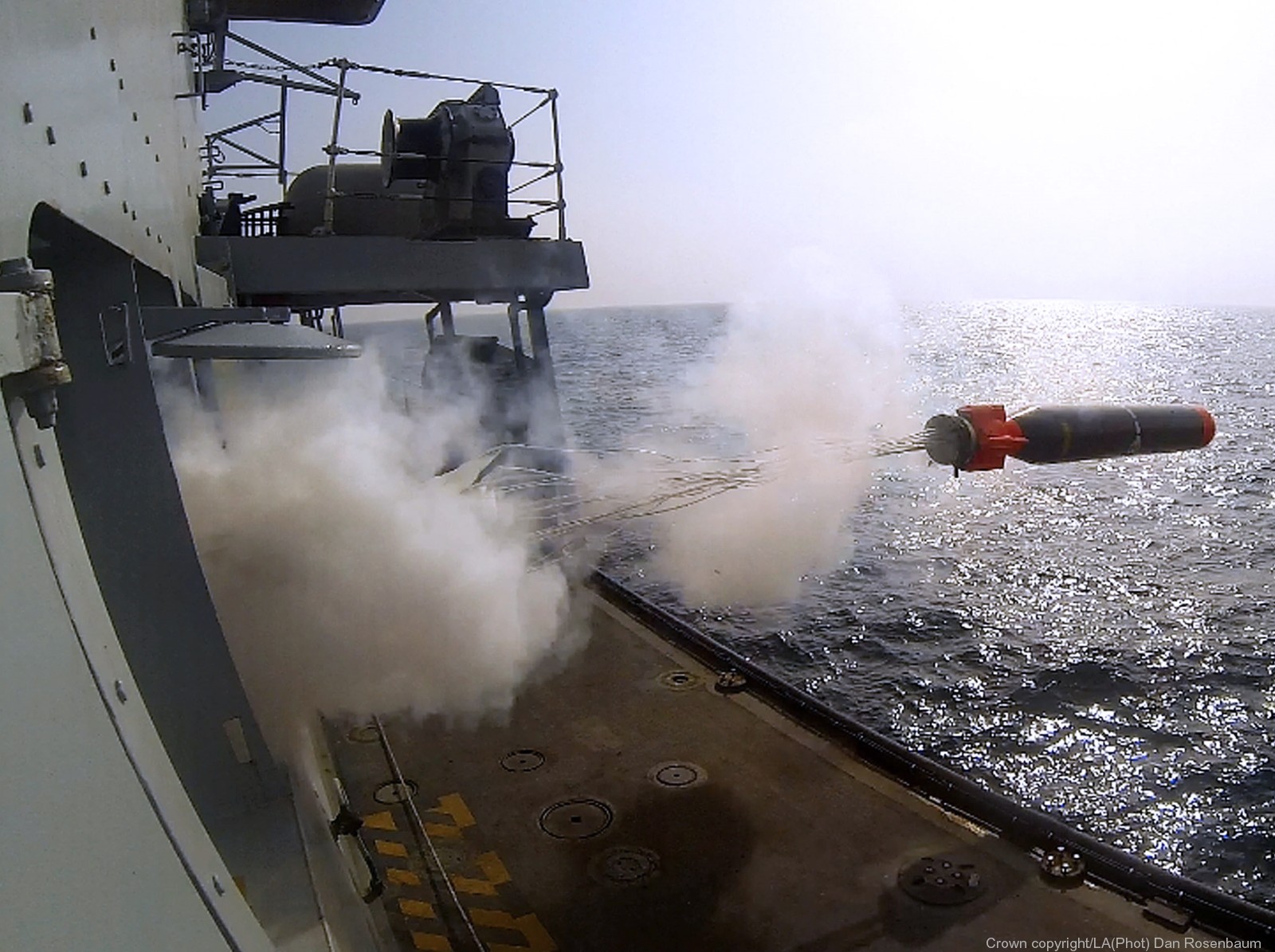 Sting Ray torpedo was fired from a Royal Navy Type 23 / Duke class Frigate 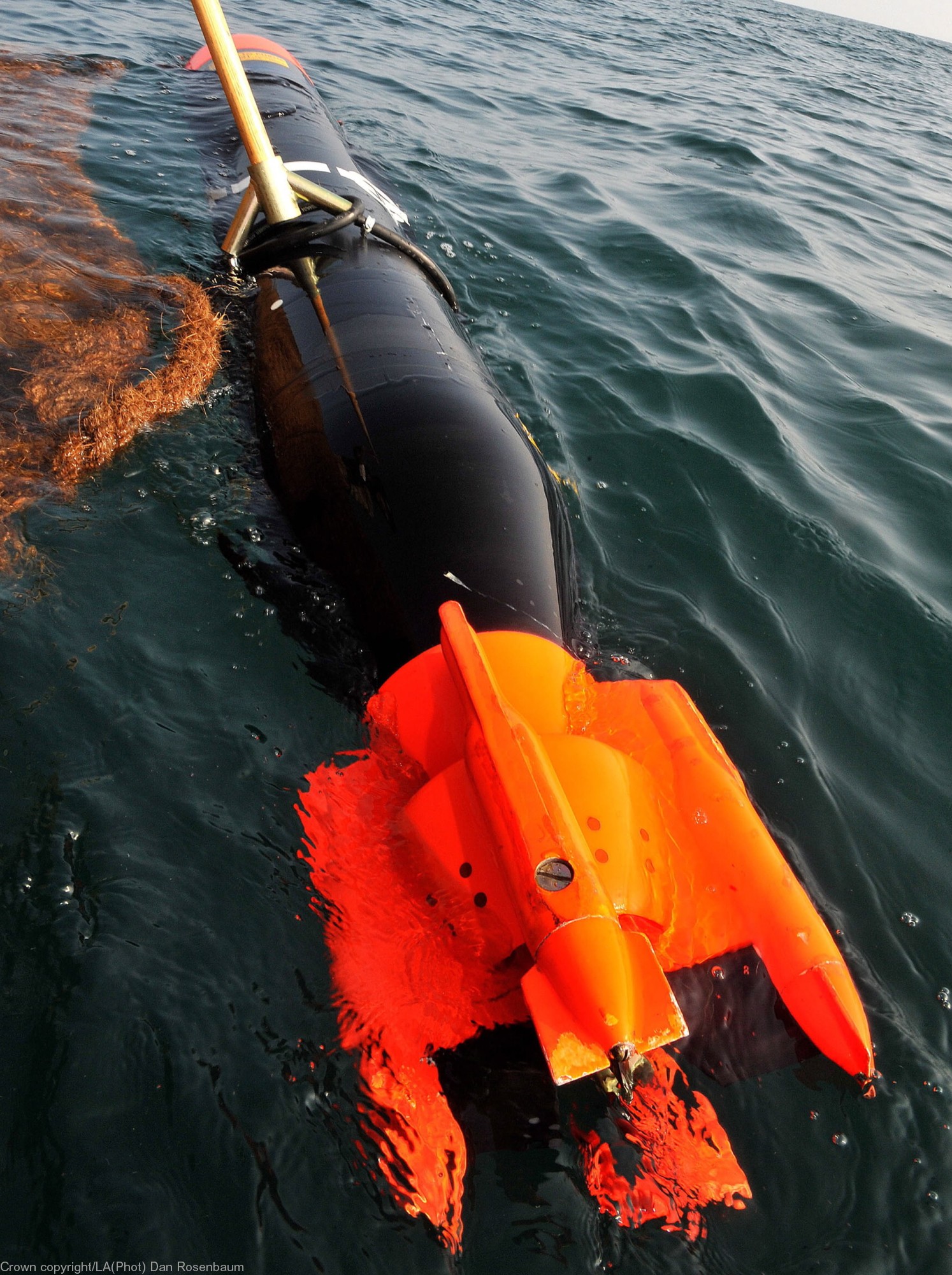 Sting Ray exercise torpedo 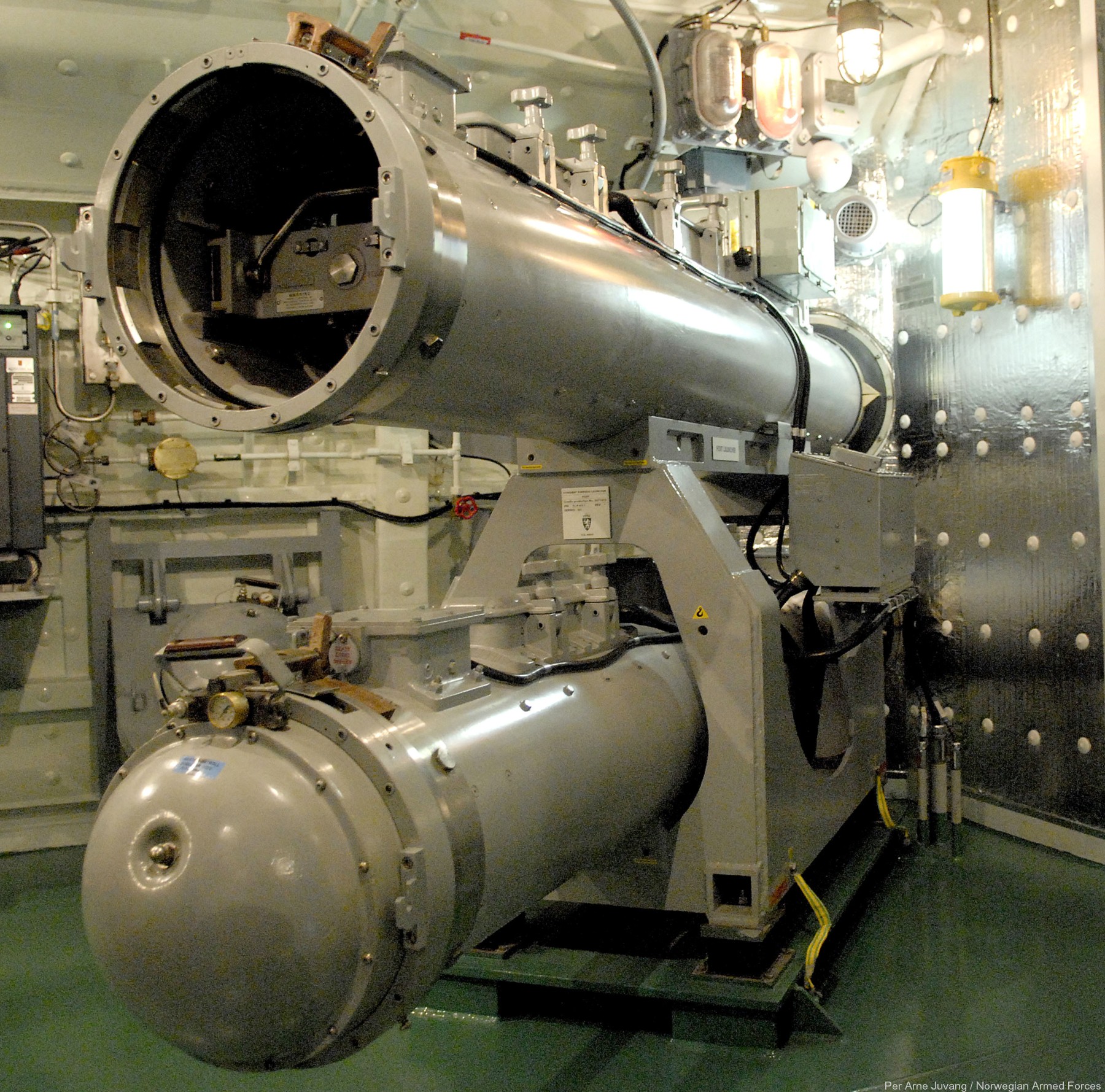 integrated twin launcher for Sting Ray torpedo aboard a Royal Norwegian Navy Fridtjof Nansen class Frigate 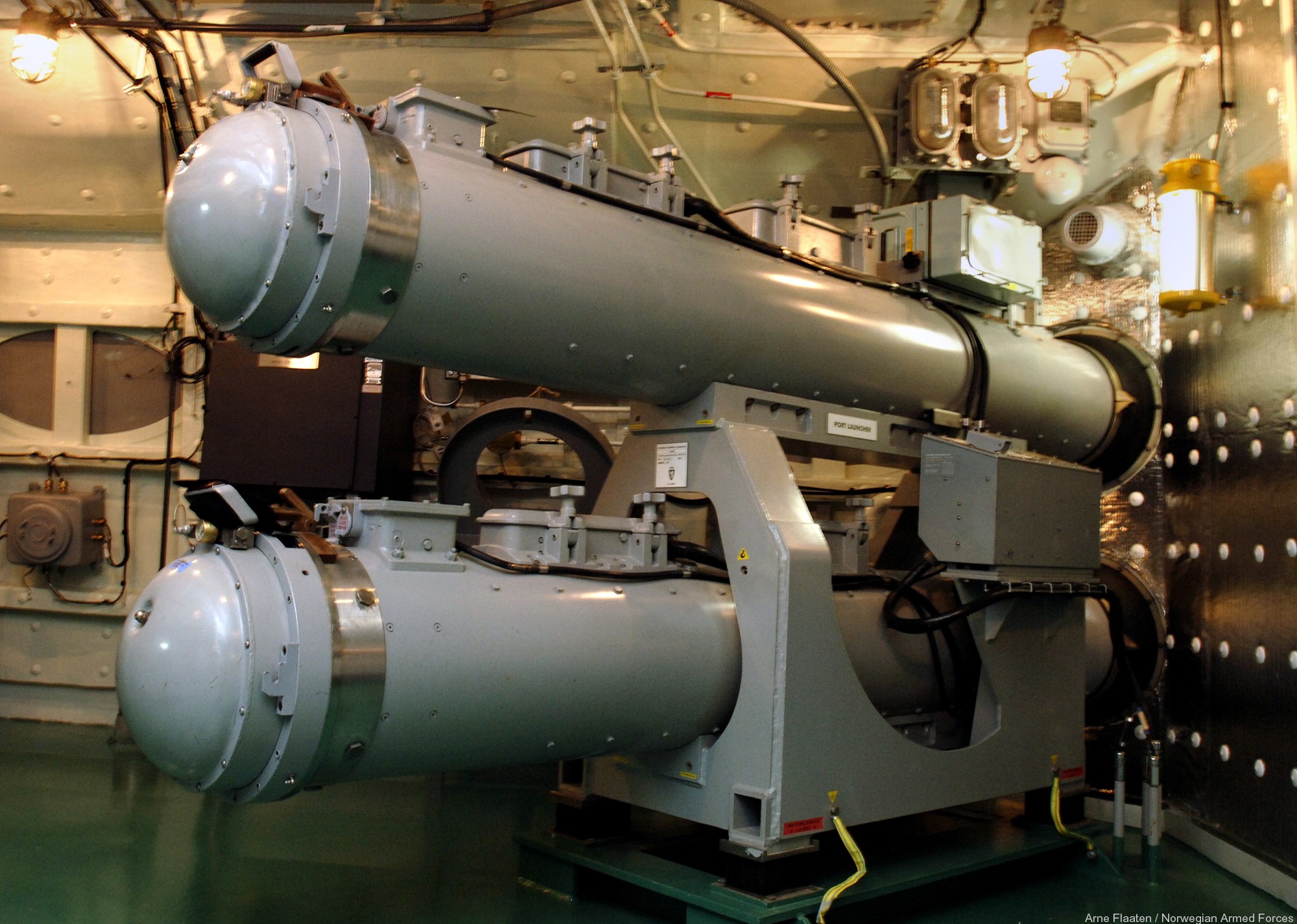 integrated twin launcher for Sting Ray torpedo aboard a Royal Norwegian Navy Fridtjof Nansen class Frigate 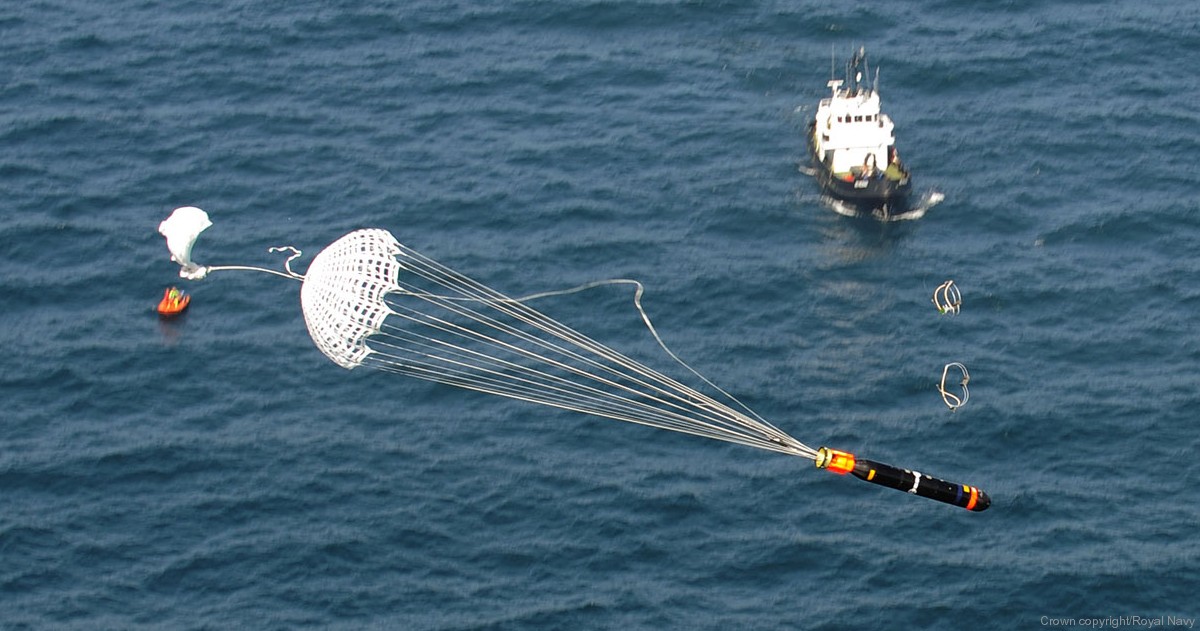 air launched from a Royal Navy Merlin HM2 helicopter 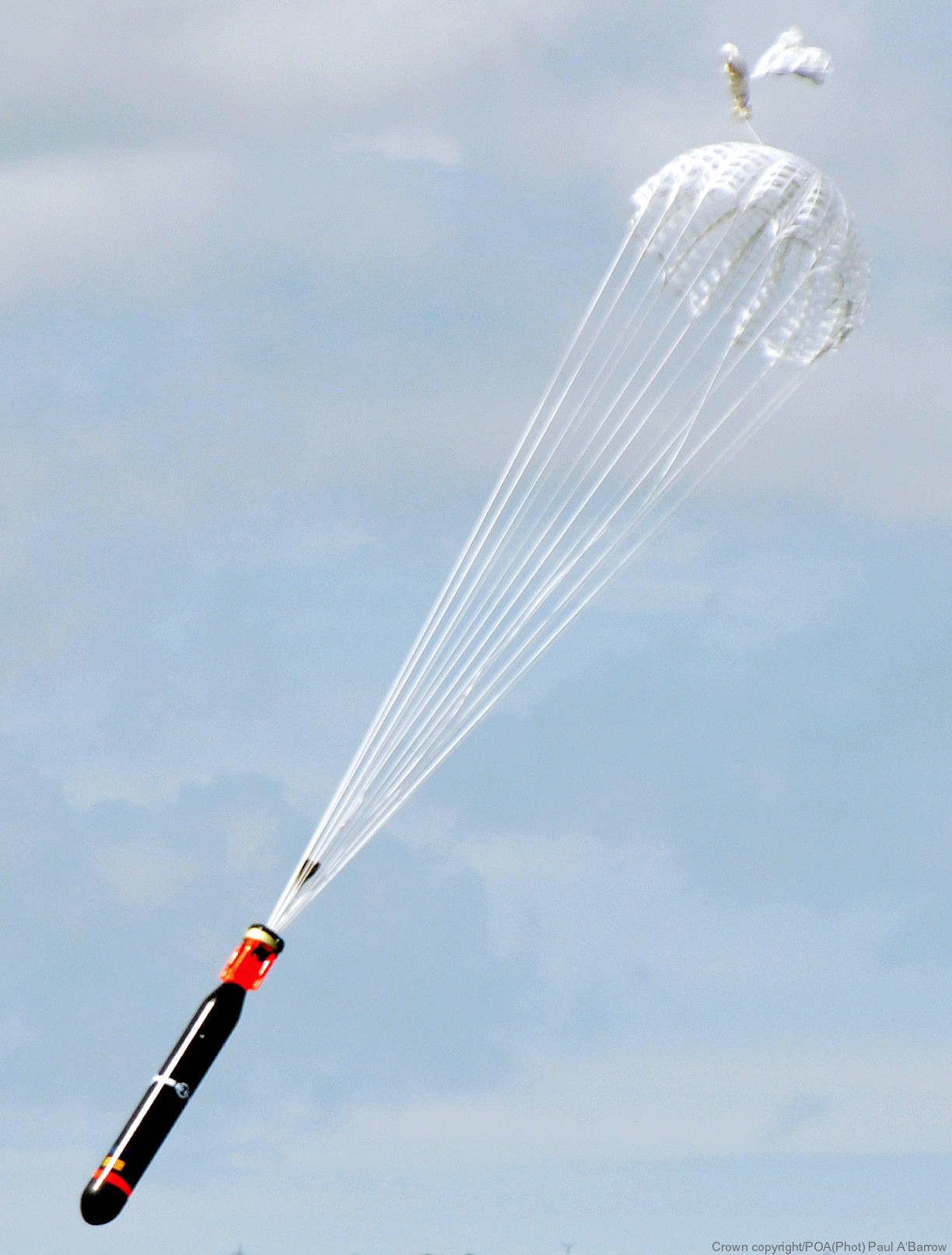 air launched from a Royal Navy Merlin HM2 helicopter 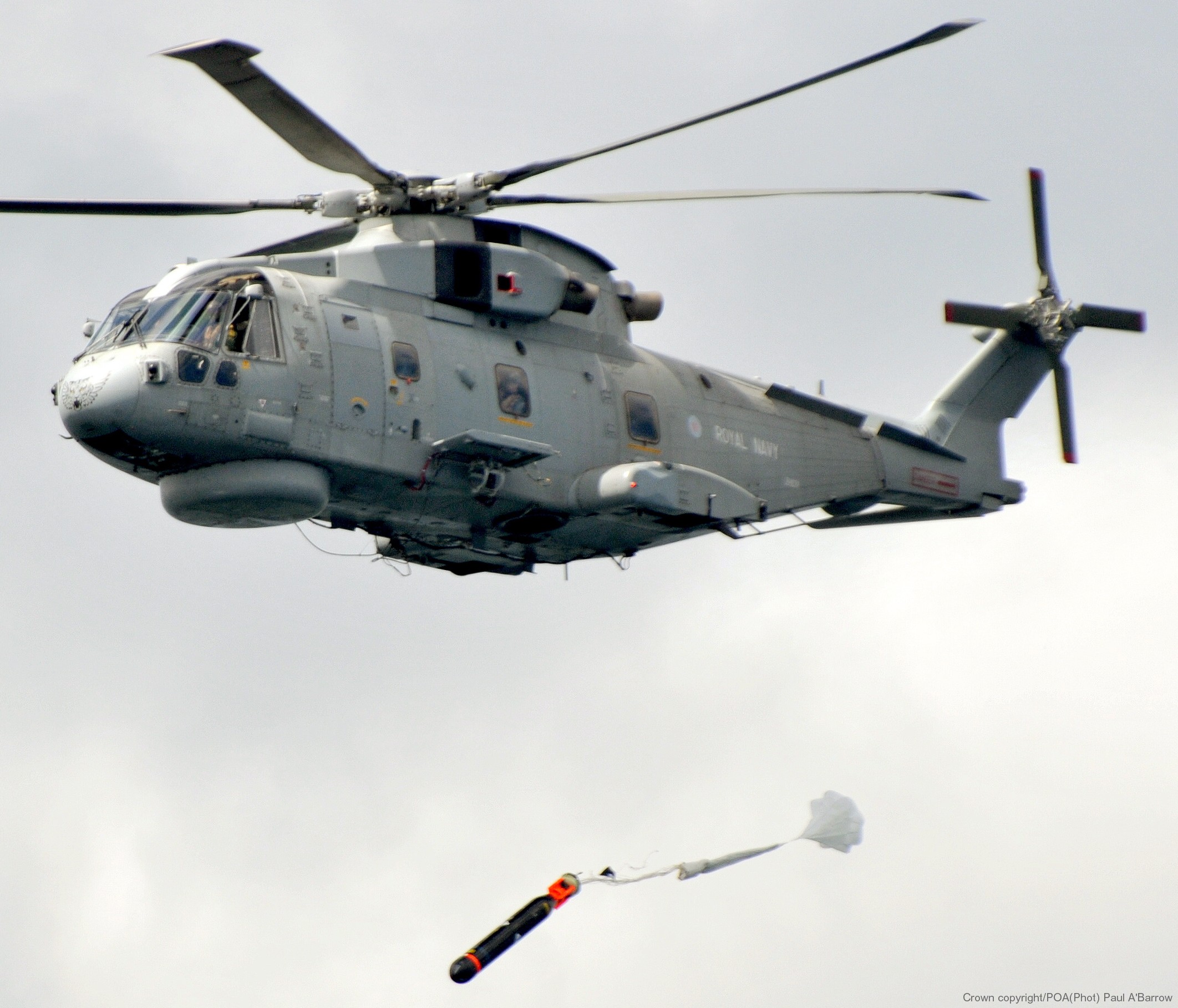 air launched from a Royal Navy Merlin HM2 helicopter 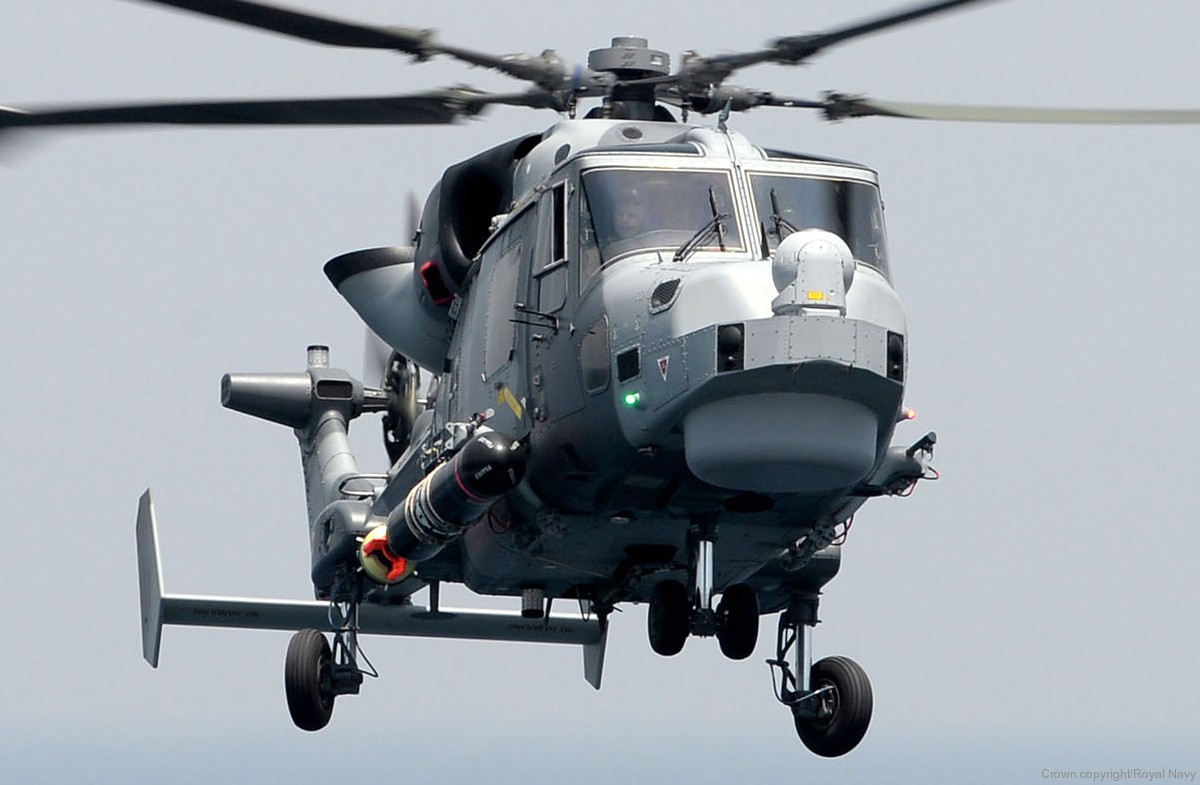 Sting Ray torpedo an a Royal Navy Wildcat HMA2 helicopter 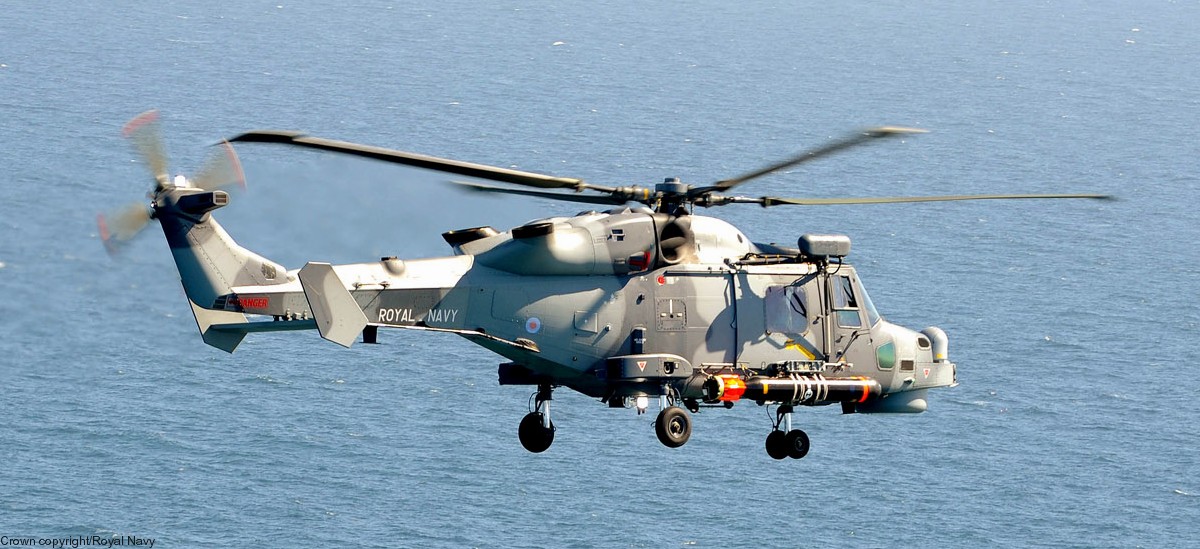 Sting Ray torpedo an a Royal Navy Wildcat HMA2 helicopter 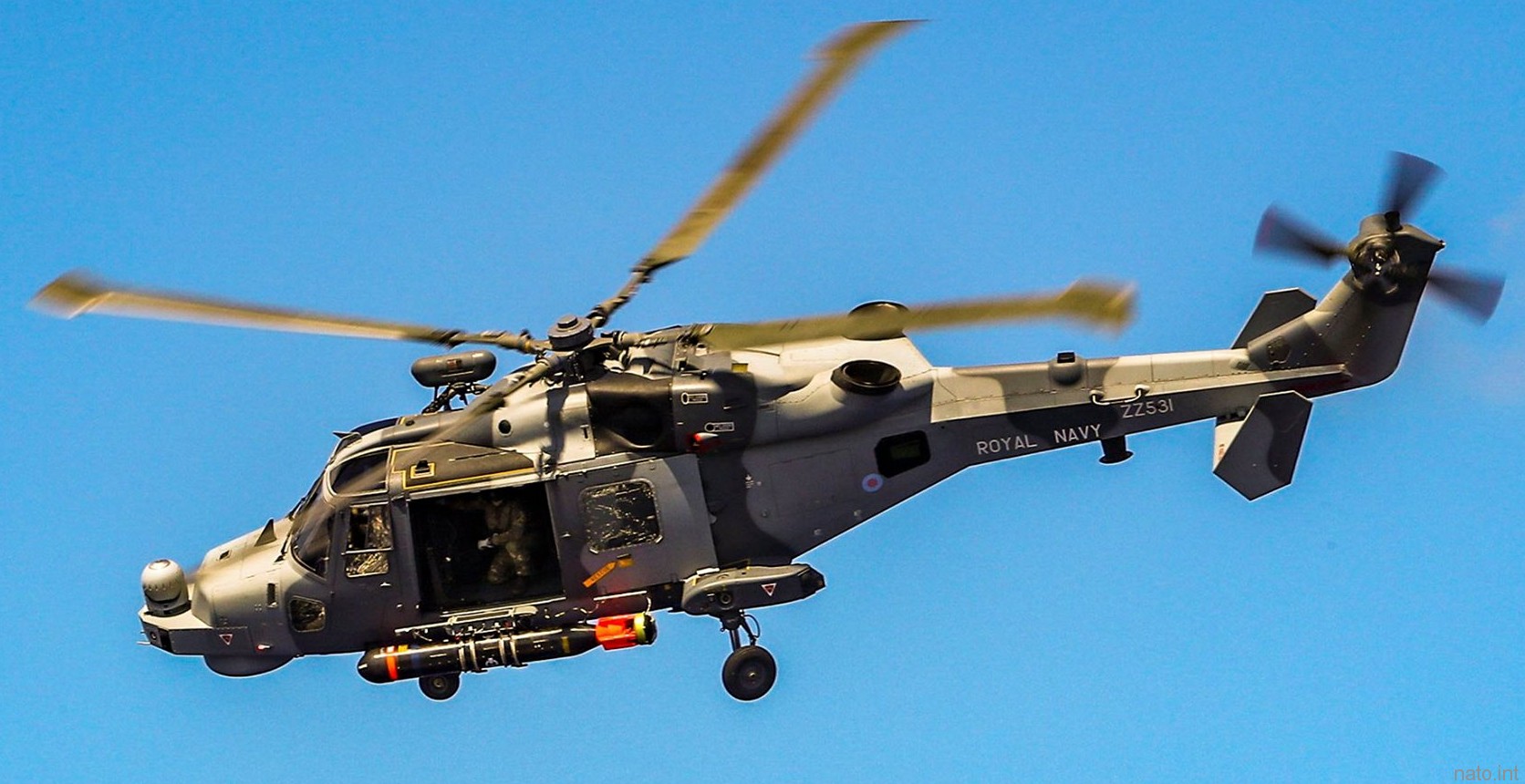 Sting Ray torpedo an a Royal Navy Wildcat HMA2 helicopter 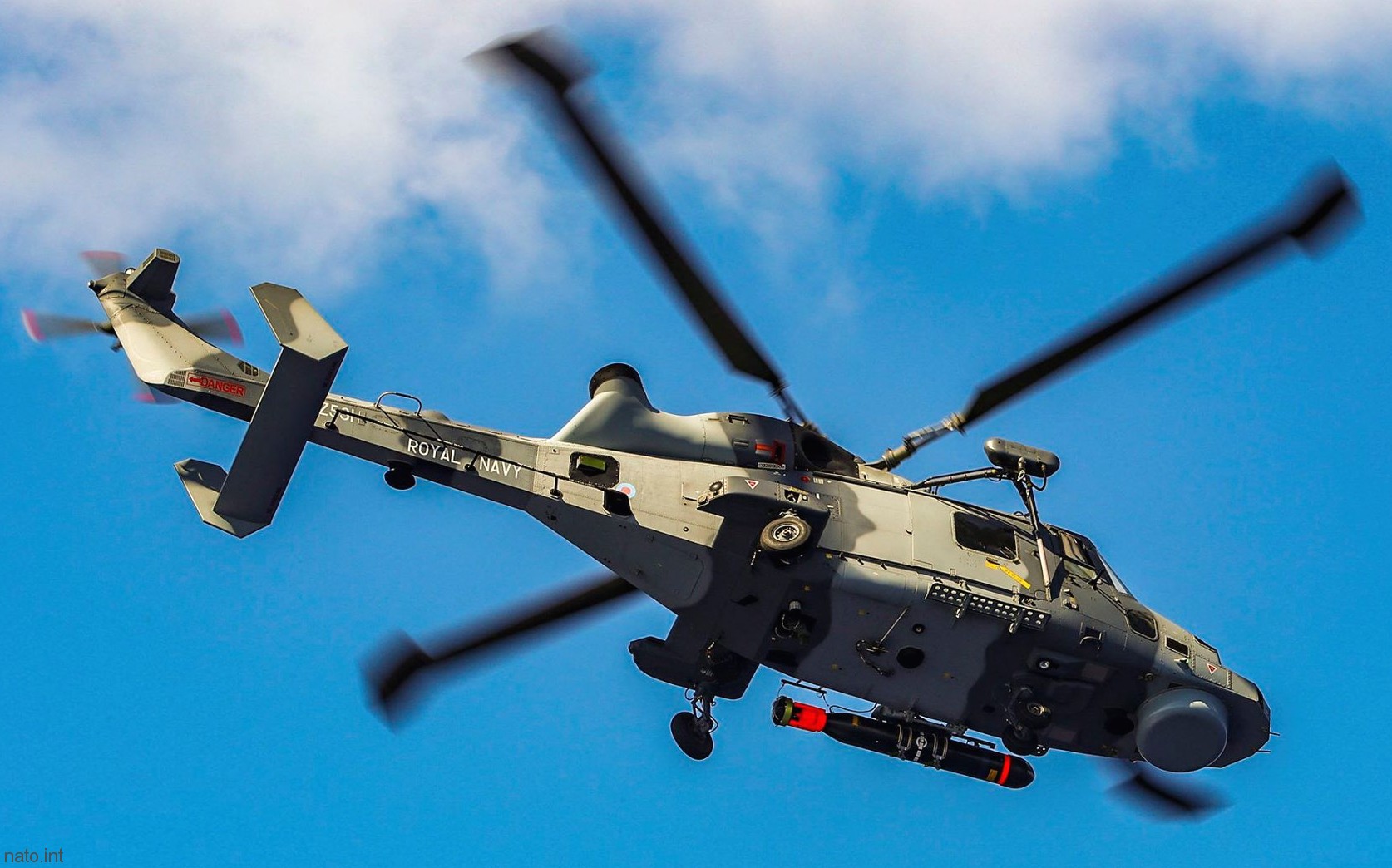 Sting Ray torpedo an a Royal Navy Wildcat HMA2 helicopter 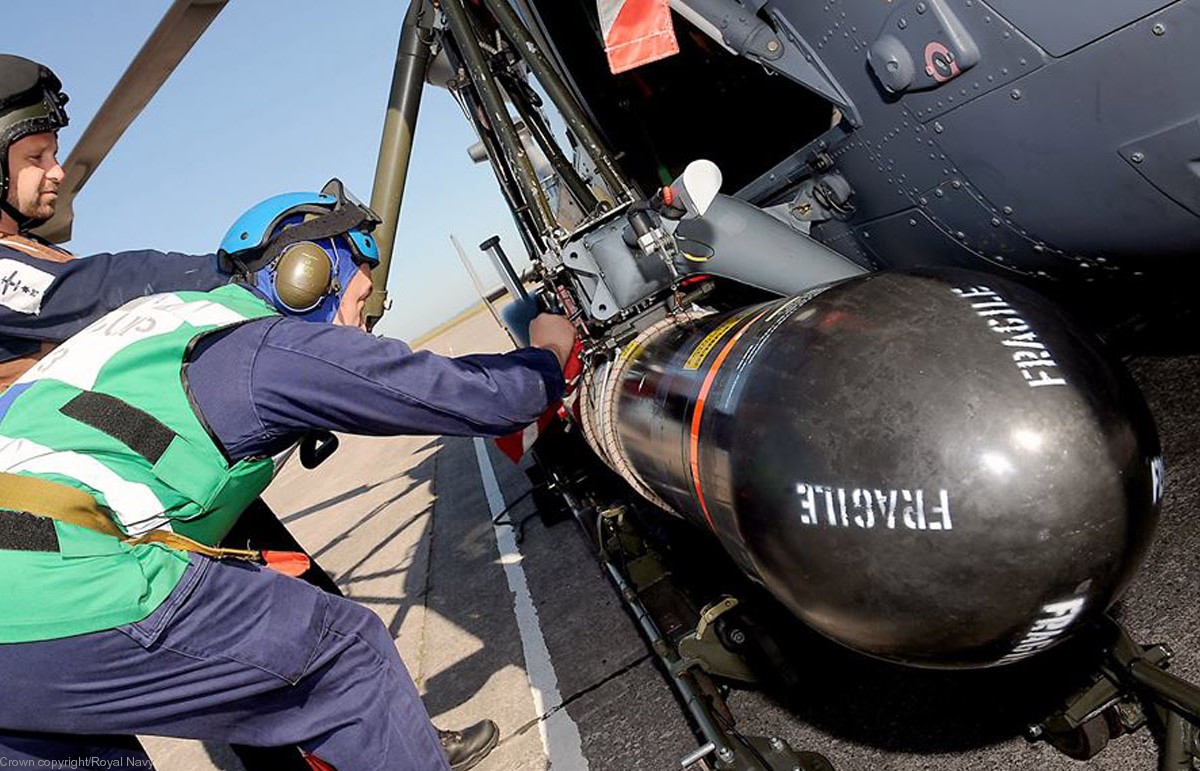 |
|
|
seaforces.org
|
Weapon Systems
start page
| |
